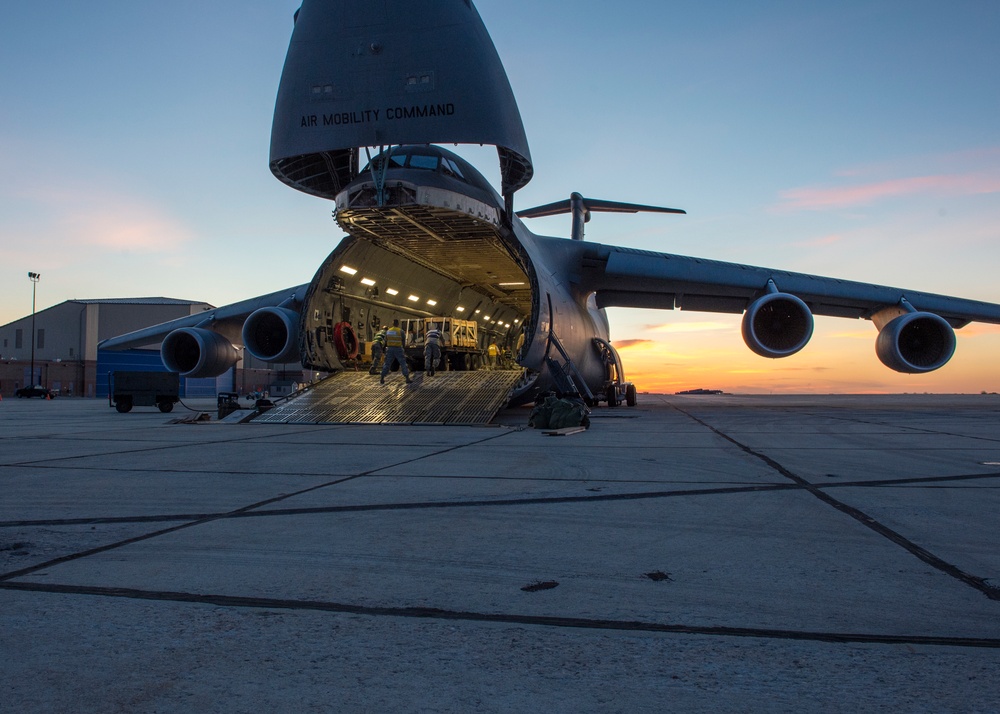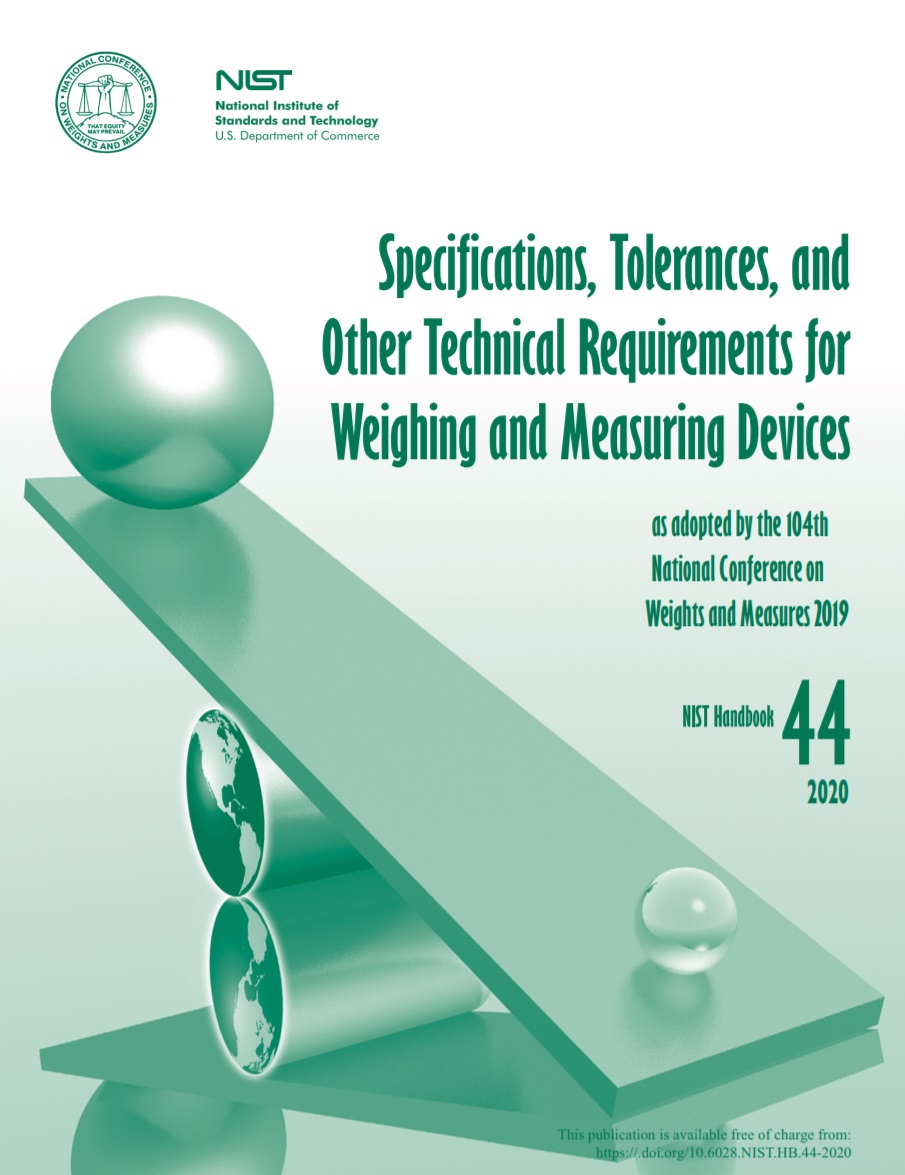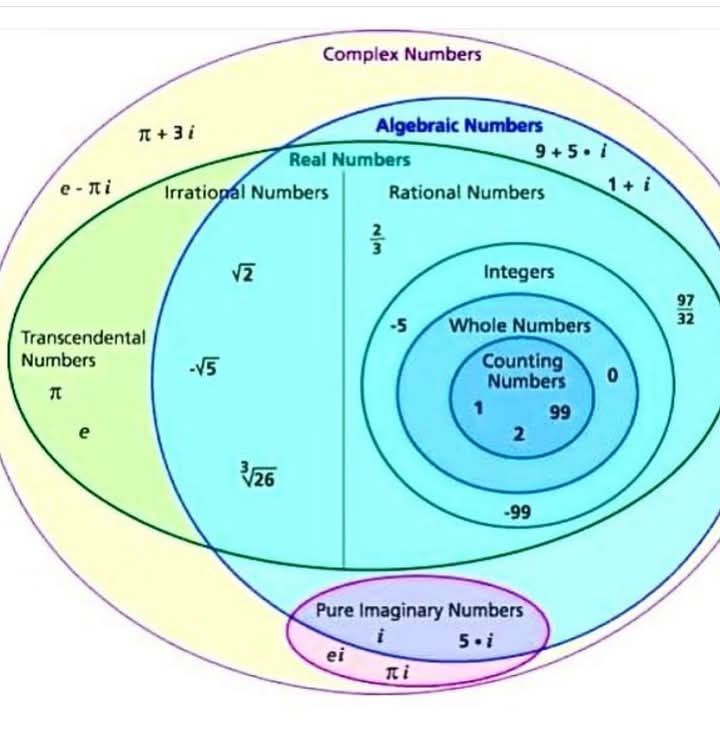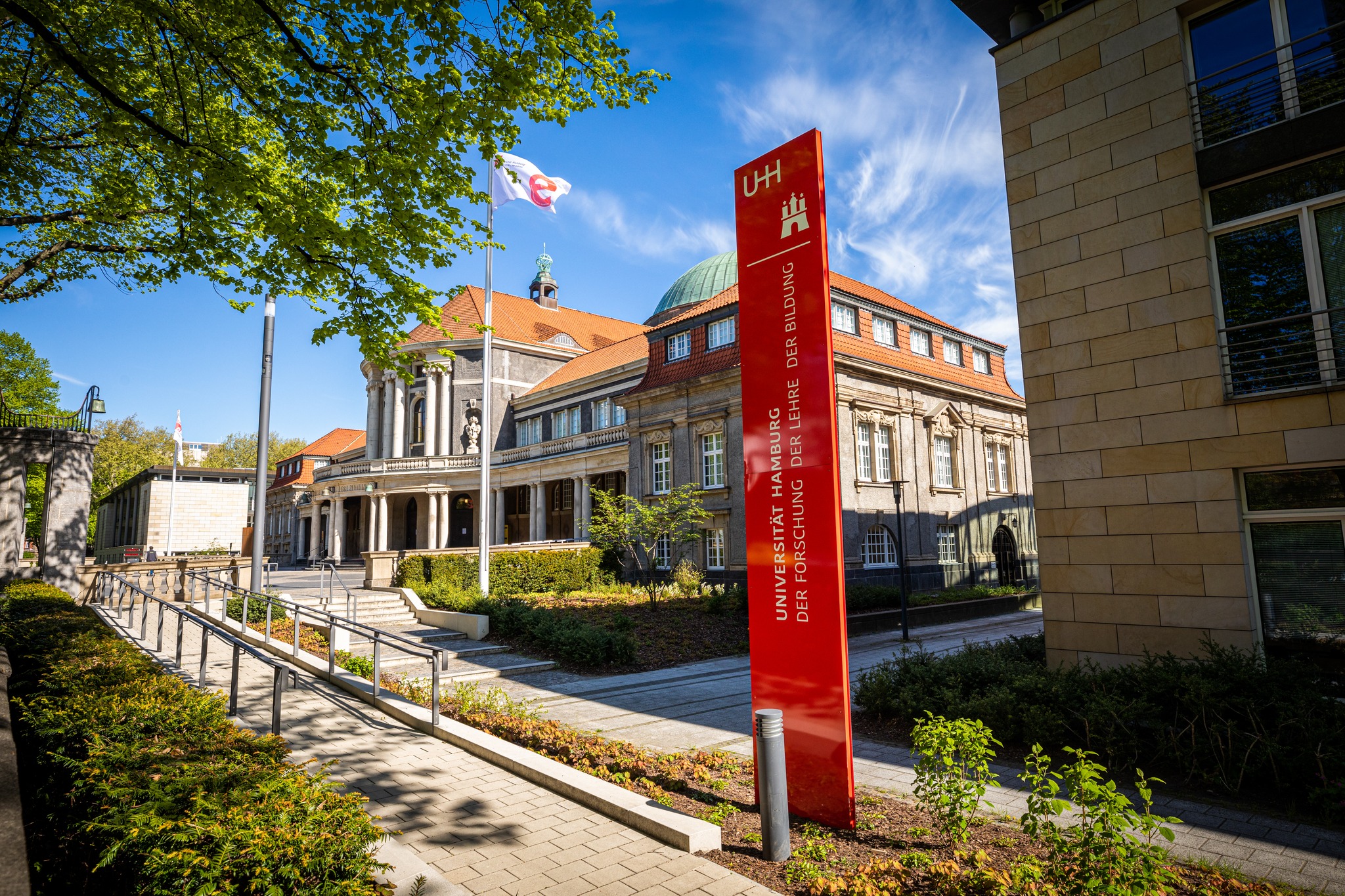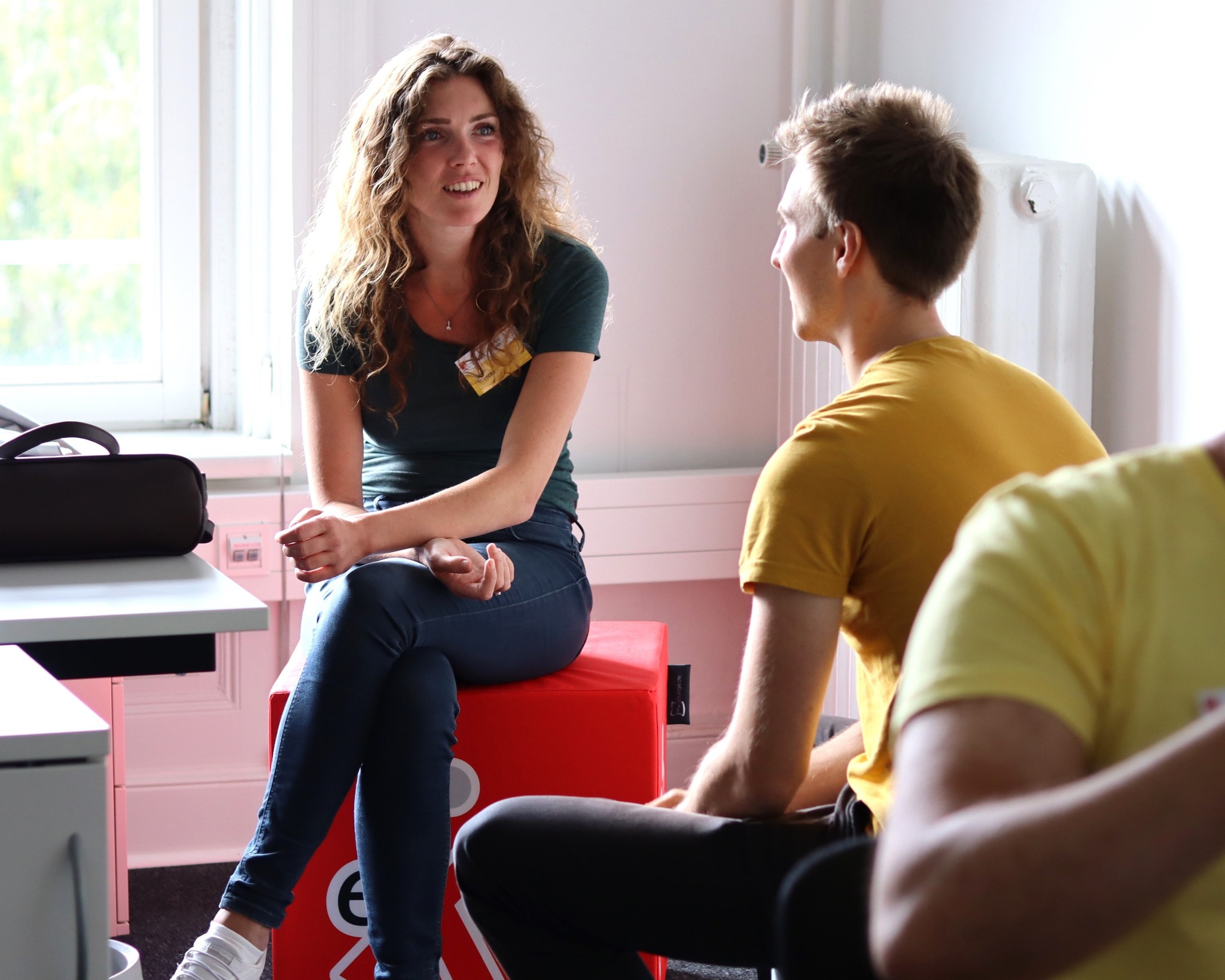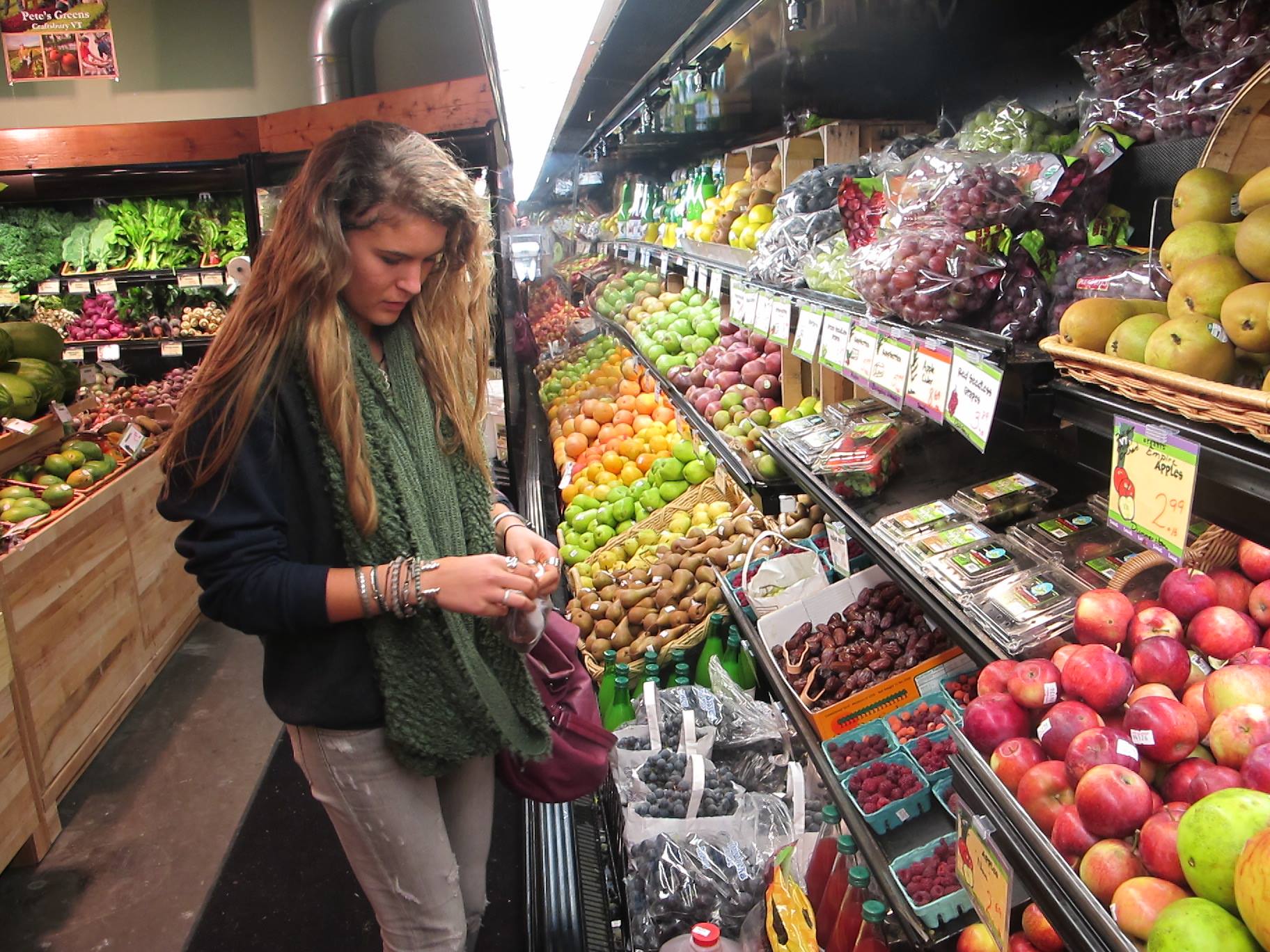Open agenda; Not Too Organized. Whatever anyone wants to talk about. We meet once a month like this. Use the login credentials at the upper right of our home page.
Fall Hours at our State Street Office: 8:30 AM – 4:00 PM
New Office Location Starting January 2026: 455 East Eisenhower Parkway Suite 300, Ann Arbor, MI 48108 (A 2 minute walk across State Street from our old office)
Join us for lunch 11:45 AM – 1:15 PM every Third Wednesday | University of Michigan Business School Executive Dining Room
Until the Business School Dining Room renovation is complete we meet at the UM Golf Course or the Olive Garden next to our new office.
Friendsgiving 2024 ♥️
Feeling incredibly grateful to have found friends who’ve become family, especially so far from home! pic.twitter.com/9IXfmbqmU4
— Vanessa Karlinski Vizentin, MD (@VizentinVanessa) November 20, 2024
Until next time, Big House. 👋 pic.twitter.com/Ondmusbay8
— Alumni Association of the University of Michigan (@michiganalumni) November 24, 2024
Without the Electoral College, the BLUE areas of this map would forever more control and ignore the RED areas! pic.twitter.com/vtUwd7zwew
— Jim Needham (@councilor408) November 21, 2024
President Donald Trump’s electoral map. 🇺🇸 pic.twitter.com/BivliY0owT
— Eva McMillan ♥️ (@EvasTeslaSPlaid) October 3, 2024
Since y’all are enjoying these projection maps, here’s the Electoral College map if only women vote 🗳 pic.twitter.com/NIjU4lpbzG
— Heather K. Evans (@HeatherKEvans) August 25, 2024
Help us celebrate our 30th anniversary! We’ve put together a digital guestbook where you can share your reflections on what the Code Council & its mission have meant to you, your organization, & your stakeholders. Leave a note & read what others have said: https://t.co/ooln0FbBfv pic.twitter.com/Q8SmloOaqP
— IntlCodeCouncil (@IntlCodeCouncil) October 6, 2024
Time is running out! Don’t miss your chance to learn about groundbreaking ideas and implementation strategies shaping the future of Automotive Ethernet. Secure your spot today: https://t.co/L606mFiI7k pic.twitter.com/1Q8Q2vKkaL
— IEEE Standards Association | IEEE SA (@IEEESA) October 6, 2024
Big Ten football is back this weekend and fun fact, Badger fans! Precast has been involved in not one, but TWO revisions of your historic stadium, Camp Randall. First and ten, Wisconsin!#WisconsinFootball #CampRandall #MadisonArchitecture #HowPrecastBuilds #Precast pic.twitter.com/rHDeqiGq36
— PCI of IL & WI (@PCIofIW) August 29, 2024
Doing good science is 90% finding a science buddy to constantly talk to about the project. pic.twitter.com/rtuS4NqlPv
— Itai Yanai (@ItaiYanai) October 6, 2024
Warm congratulations to the new head of the Sagol School of #Neuroscience – Prof. Aya Meltzer-Asscher!@aya_meltzer https://t.co/SM3EUoOyMI
— Orly Segev 🎗️ (@orly_segev) October 6, 2024
New methodology for classifying “The Midwest” – Menards.
Menards stores only appear where a significant number consider themselves “Midwestern.” In the core, indisputably Midwest states, Menards is bigger than Lowes or Home Depot.
I love Menards!! 🇺🇸🇺🇸🇺🇸 pic.twitter.com/rM5coNrmwC
— Max Meyer (@mualphaxi) October 5, 2024
I certainly don’t expect gifts from my advisees. But it’ll be hard to beat this one. pic.twitter.com/nvutBWr2Hz
— Connor Ewing (@ConnorMEwing) October 2, 2024
Interested in academic awards and teaching resources? A student looking for a discounted ASTM membership? An ASTM member interested in supporting students and other early career professionals? Come to our workshop on ASTM’s Academic Outreach Program, held virtually Nov 7th at… pic.twitter.com/Nom0r3UoHV
— ASTM International (@ASTMIntl) October 2, 2024
How does a book end up on the Internet Archive? 📕📖 Visit the Physical Archive in person on October 22 to see the lifecycle of physical books — donation, #preservation, digitization & access https://t.co/RtgGtIyZp8 #digitalbooks pic.twitter.com/AT0l6e6O6v
— Internet Archive (@internetarchive) October 1, 2024


